An engineer's diary
- Sort condition
- Newest first
- Oldest first
- Large number of views
-
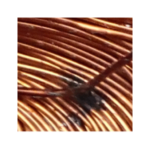
[No. 50] Insulation
In this series of Engineer’s Diary, the topics are selected by following the letters of the alphabet, giving an almost random walk through the field of electrical engineering. ‘I’…
-
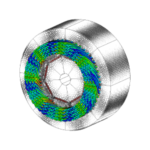
[No. 49] Hair-pin winding
The hair-pin winding has become prominent in drive-train motors for electric and hybrid vehicles, with many creative examples in manufacturing. Although ‘push-through’ hair-pin co…
-
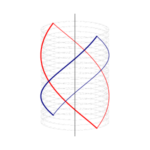
[No. 48] Helical winding
The helical winding (Figs. 1 and 2) was originally examined as a candidate air-gap winding for large 2-pole superconducting alternators at International Research and Development C…
-
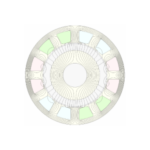
[No. 47] Harmonic poles again — this time produced by the stator!
In Engineer’s Diary No. 46 we discussed the harmonic poles of a 2-pole rotary machine. ‘Harmonic poles’ refers to the space-harmonics of the flux distribution around the air-gap. …
-
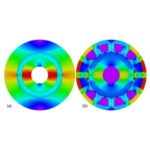
[No. 46] Harmonic poles
The number of poles is perhaps the most basic parameter in the design of an electric machine. When we speak of this parameter, we usually mean the number of working poles. Fig. 1 …
-
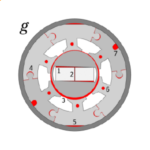
[No. 45] Gaps
Fig. 1 shows a 2-pole IPM (interior permanent-magnet motor) that nobody would want to build. It has so many 'departures from the ideal', yet all of its imperfections can arise in …
-
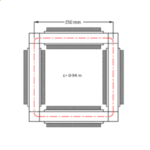
[No. 44] Frequency
The figure shows a sketch of the Epstein square that is used for the measurement of BH data of laminated core-plate in the form of strips arranged in a square with overlapping end…
-
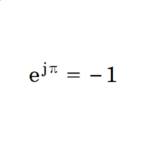
[No. 43] Exponential function and complex numbers in electrical engineering
Euler [1707-1783] is closely associated with this equation which has been described as the most beautiful equation in mathematics. It is sometimes regarded as having mystical sign…
-
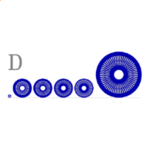
[No. 42] Diameter
D is for diameter! — surely the most fundamental of all engineering dimensions, at least in electric machine design. It is so important, we might ask ourselves why computer monito…
-
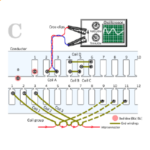
[No. 41] Coils and Conductors
The two previous Engineer’s Diaries were titled A and B: A for vector potential and B for flux-density. This is C, for coils and conductors — and maybe for “crocodile clips” (croc…
-

[No. 40] Flux density
The six images are listed below in the wrong order. Please, before you read this, try to decide what the Bees are showing. The answer is given at the end.
-
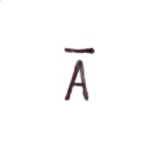
[No. 39] The magnetic vector potential
A is commonly used as the symbol for magnetic vector potential, just as B is used for flux-density or "induction", and H for mag…
-
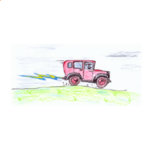
[No. 38] What has the automobile ever done for the electric motor?
From the provocative tone of the question, we might be led to expect an even more provocative answer : “nothing much”. Let’s see how wrong this is, and why.
-
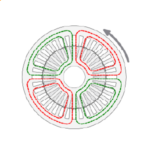
[No. 37] Some essential features of the induction motor – 2
In Column 36 we studied the cross-section of an induction motor with 36 slots, 30 rotor bars, and a 4-pole distributed winding. Just by looking at the features of the winding, we …
-
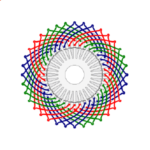
[No. 36] Some essential features of the induction motor – 1
In Column 34 we deduced several inherent features of the synchronous reluctance motor merely by inspecting its cross-section and considering the main flux-paths, and here we will …
-
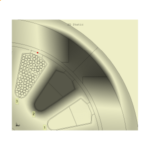
[No. 35] The position of wires in the slot
In the armature of a permanent-magnet DC motor, the wires usually occupy a rather untidy pattern in the slot — not because there is anything wrong, but simply as a result of the w…


